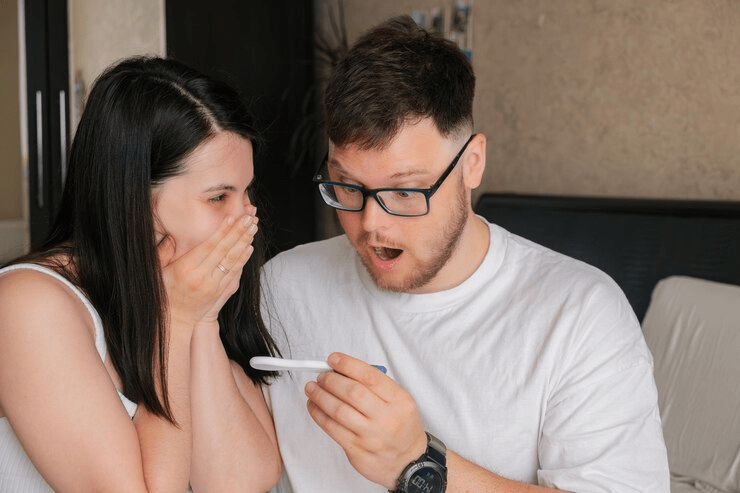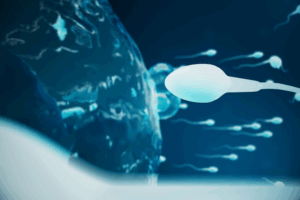
Gene therapy for azoospermia treatment
Introduction Male infertility, especially caused by azoospermia, affects millions of men worldwide. For those suffering from non-obstructive azoospermia, treatment options have been limited. However, thanks

Infertility is a challenging issue that affects many couples trying to conceive. One of the causes of male infertility is non-obstructive azoospermia (NOA), a condition where no sperm is found in the semen due to sperm production problems. Many couples wonder, “Can you get pregnant with non-obstructive azoospermia?” While NOA presents difficulties, advancements in medical treatments have made it possible for many affected men to become biological fathers. This article will explore NOA, its causes, diagnosis, treatment options, and the chances of achieving pregnancy.
Non-obstructive azoospermia is a severe form of male infertility where the testes fail to produce sperm or produce very few sperm that do not reach the semen. Unlike obstructive azoospermia, which is caused by a blockage, NOA is due to underlying testicular or hormonal issues. It affects about 1% of men and is responsible for 10-15% of male infertility cases.
Several factors contribute to NOA, including:
To determine if a man has NOA, doctors perform several tests:
The good news is that pregnancy is possible, but it depends on several factors, including the severity of NOA and the effectiveness of medical treatments. Below are the options available for couples trying to conceive:
In some cases, hormone treatments such as human chorionic gonadotropin (hCG) and clomiphene citrate can stimulate sperm production. This method works best for men with hormonal imbalances causing NOA.
Since sperm may still be produced in small areas of the testes, doctors can retrieve sperm using surgical techniques:
Once sperm is retrieved, assisted reproductive techniques can help achieve pregnancy:
While lifestyle changes alone may not cure NOA, they can improve sperm health and overall reproductive function:
Researchers are studying the potential of stem cell therapy to regenerate sperm production. Though not yet widely available, this treatment offers future hope.
If sperm retrieval is unsuccessful, other options for having children include:
The chances of retrieving sperm through MicroTESE or TESE range from 30% to 60%, depending on the underlying cause. ICSI has a high success rate, with about 40-50% of couples achieving pregnancy when viable sperm is found.
While non-obstructive azoospermia presents challenges, it does not mean the end of the journey to parenthood. Advances in fertility treatments, including surgical sperm retrieval and assisted reproductive technologies, provide hope for many couples. If you or your partner have been diagnosed with NOA, consulting a fertility specialist can help determine the best course of action. With the right approach, pregnancy is possible despite NOA.

Introduction Male infertility, especially caused by azoospermia, affects millions of men worldwide. For those suffering from non-obstructive azoospermia, treatment options have been limited. However, thanks

Azoospermia is one of the most challenging causes of male infertility, often leaving men with few options and couples struggling to conceive. But today, an
PROLISTEM® is a Patented Formula
Copyright © 2025 Prolistem®